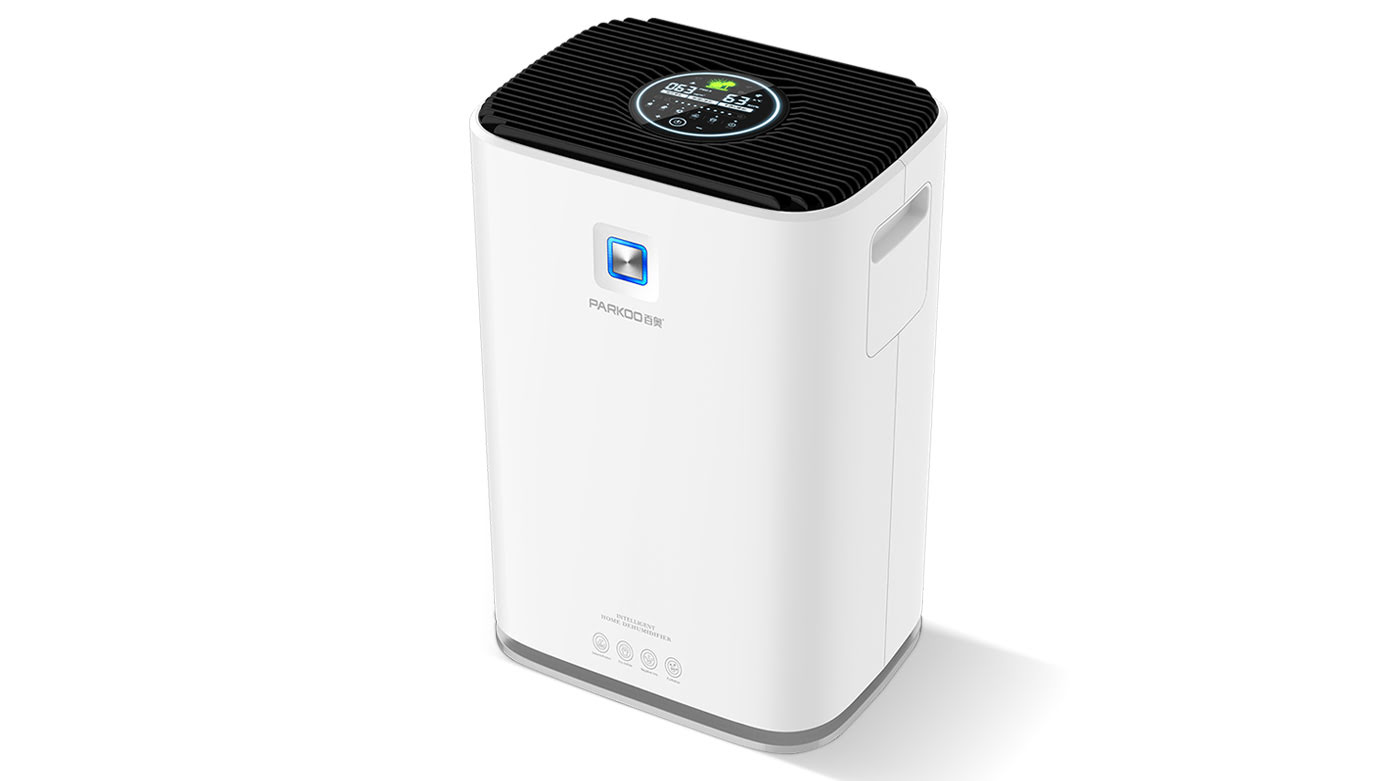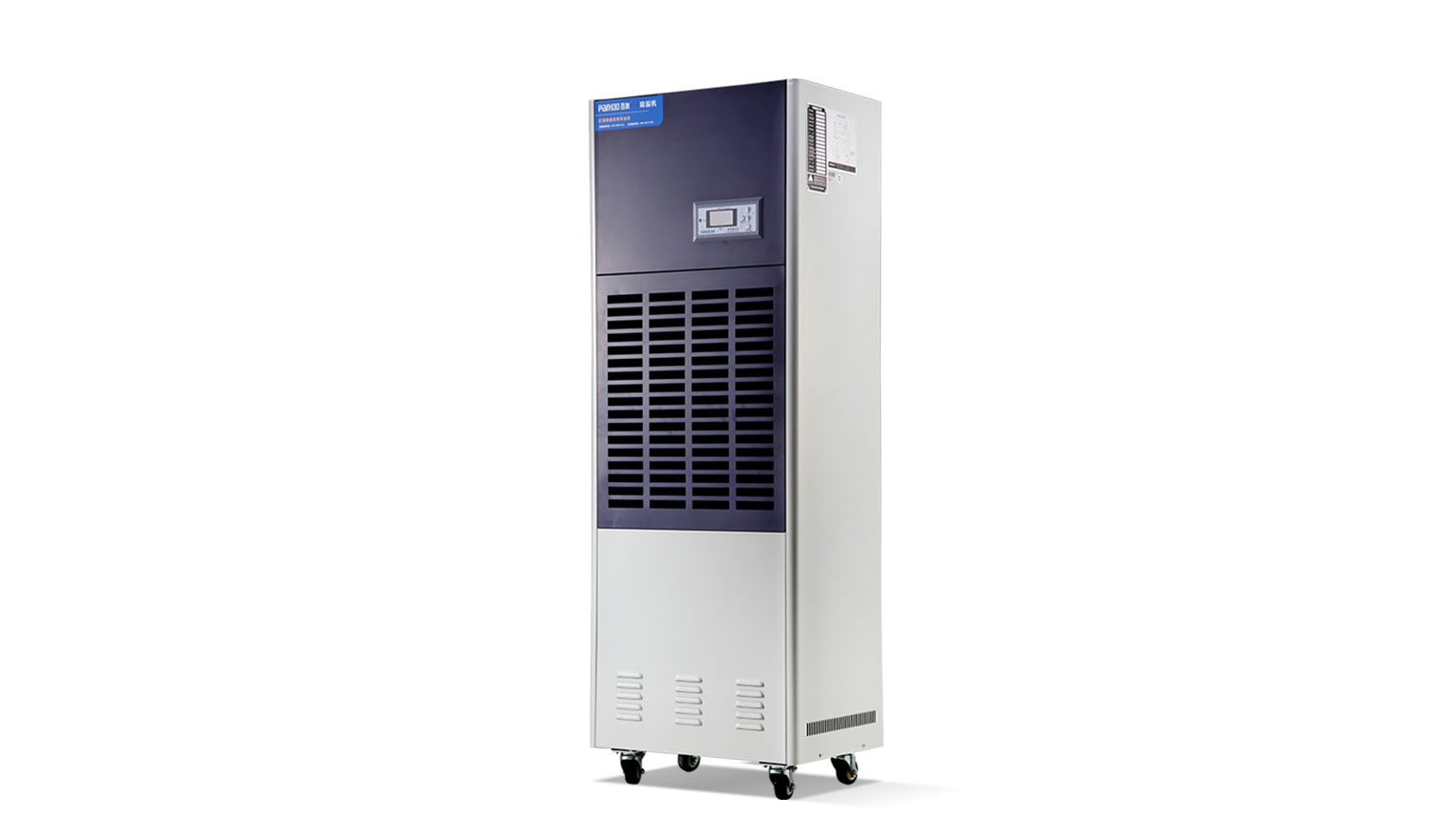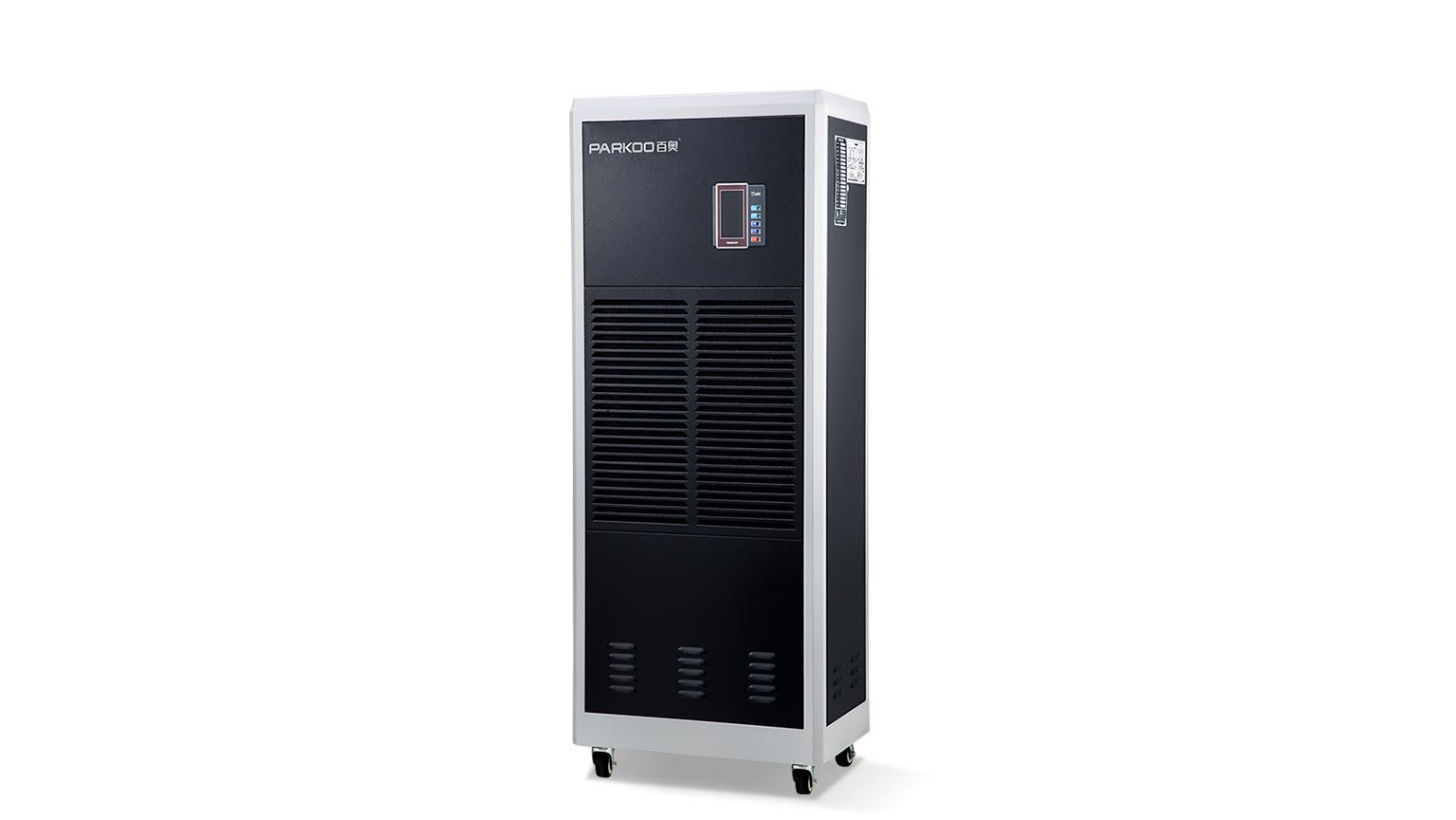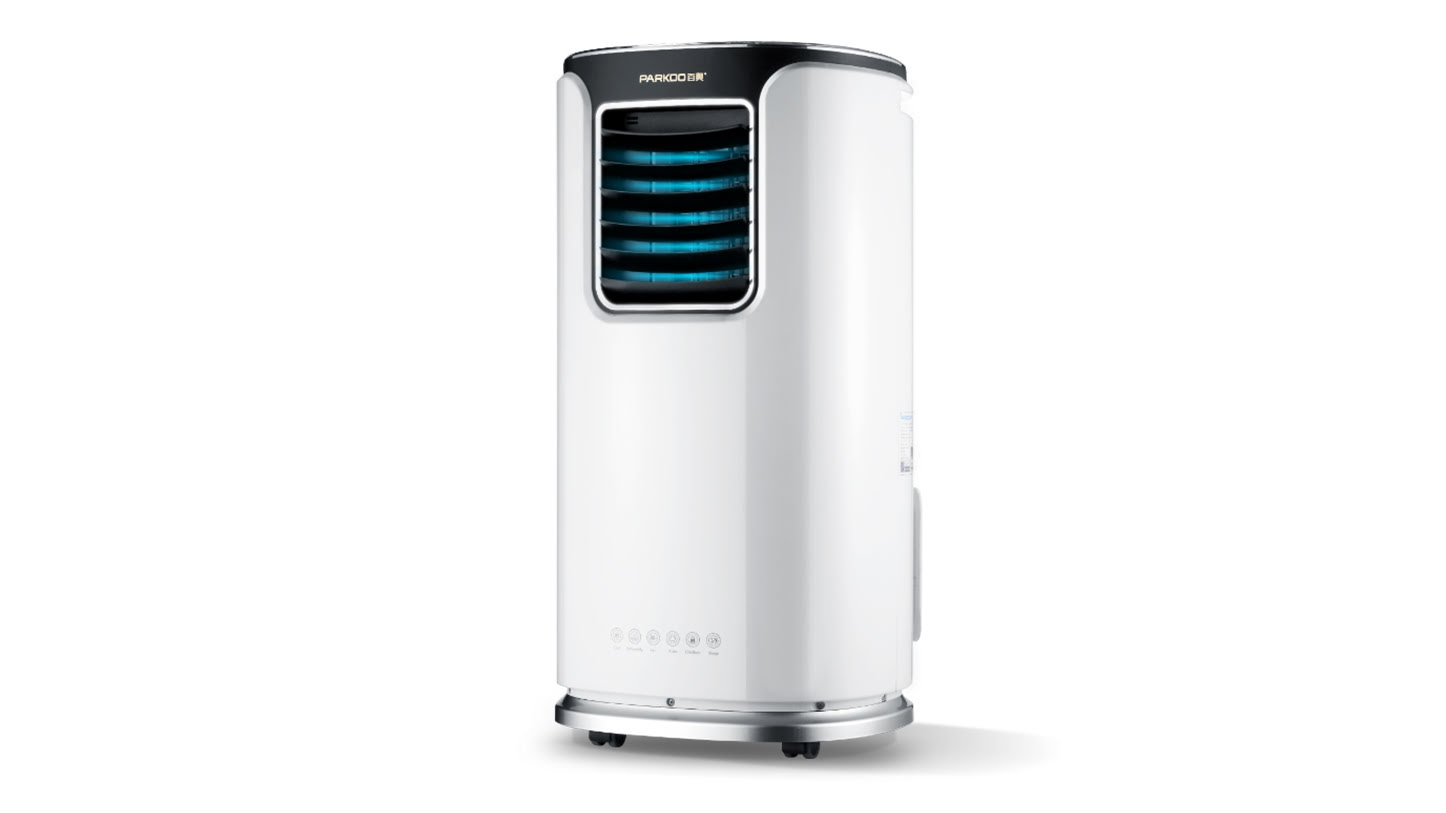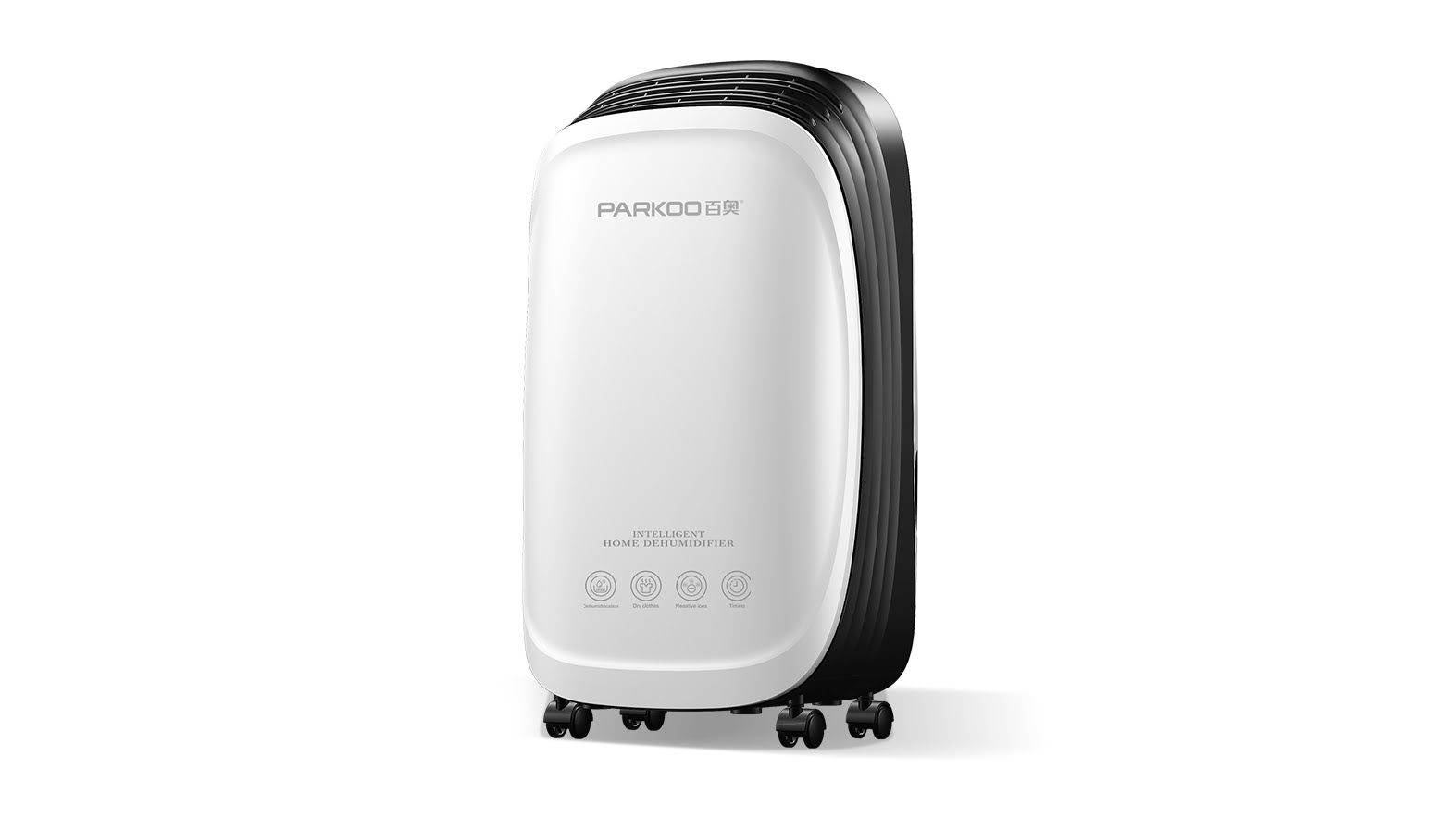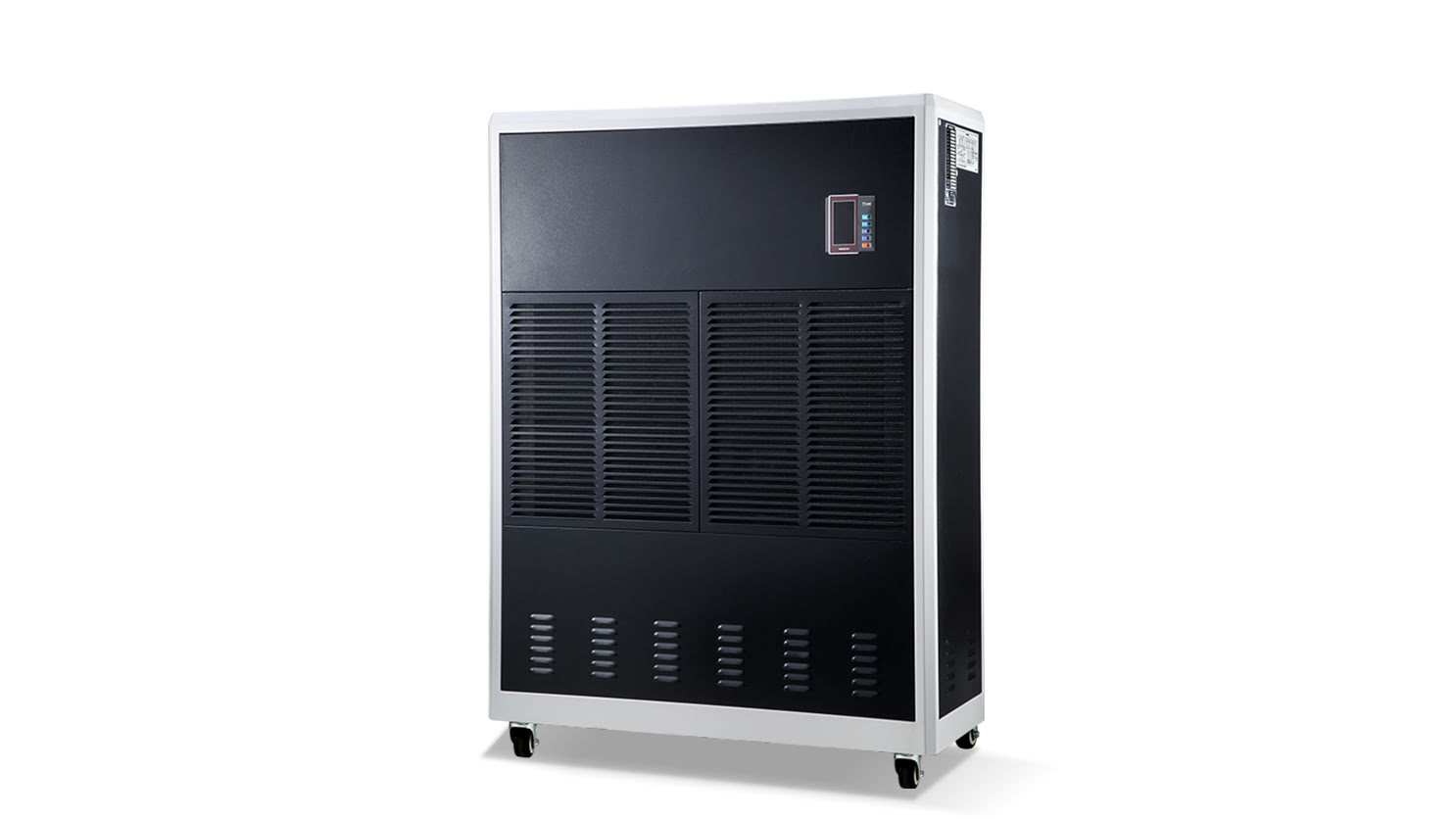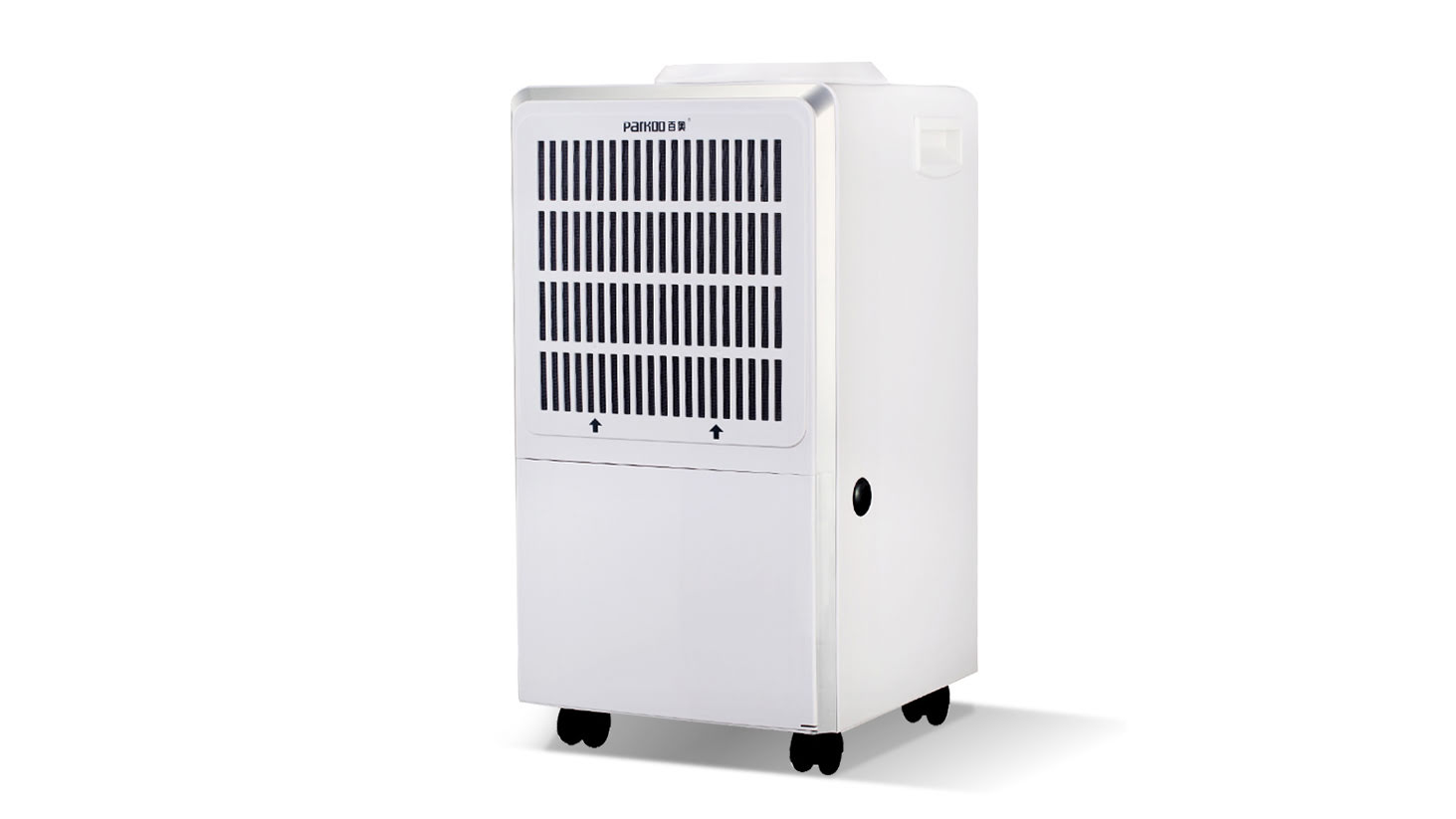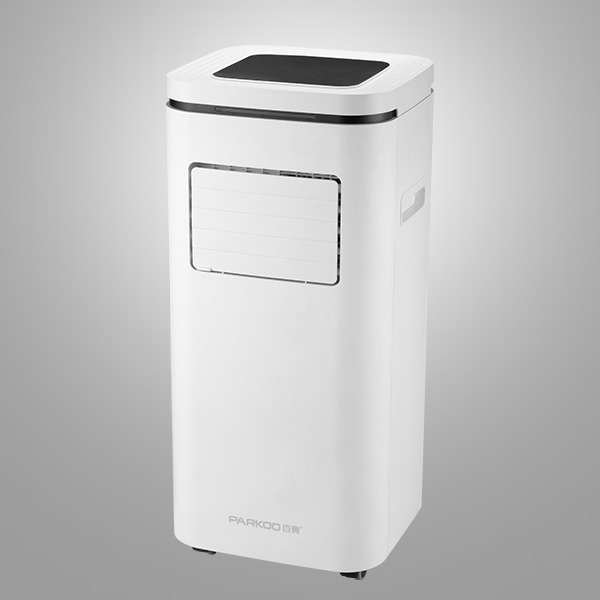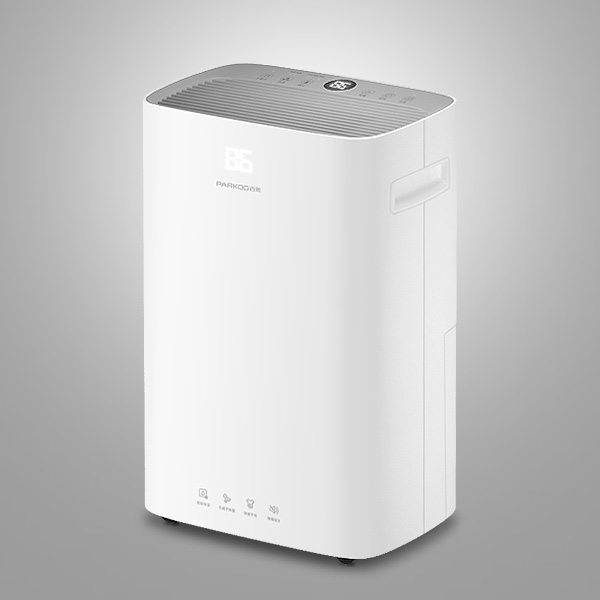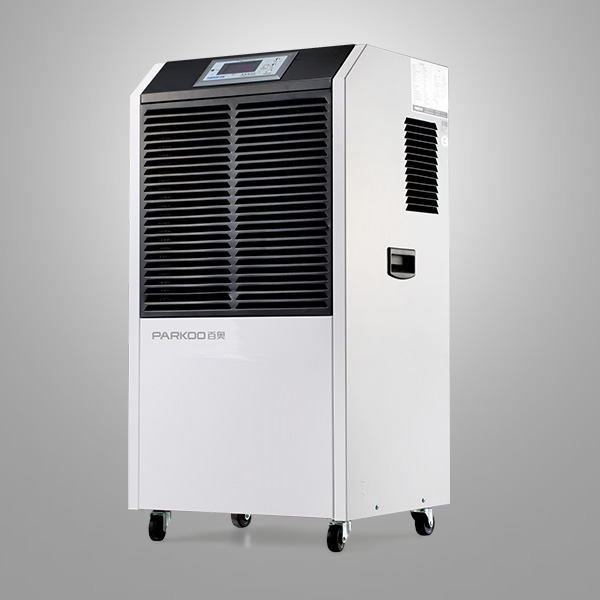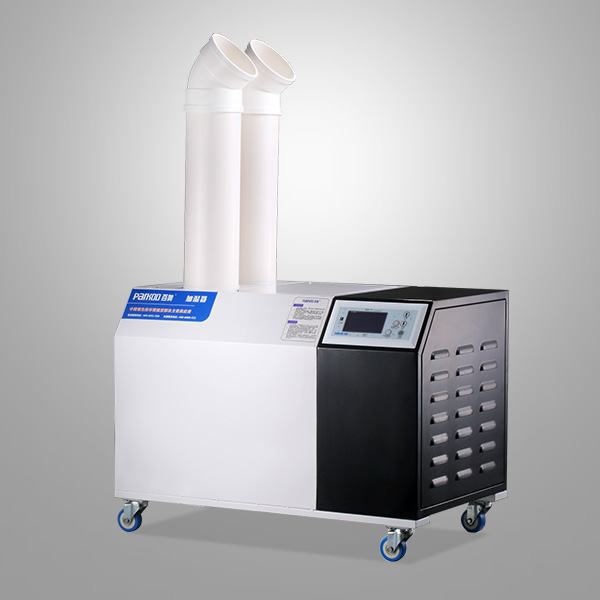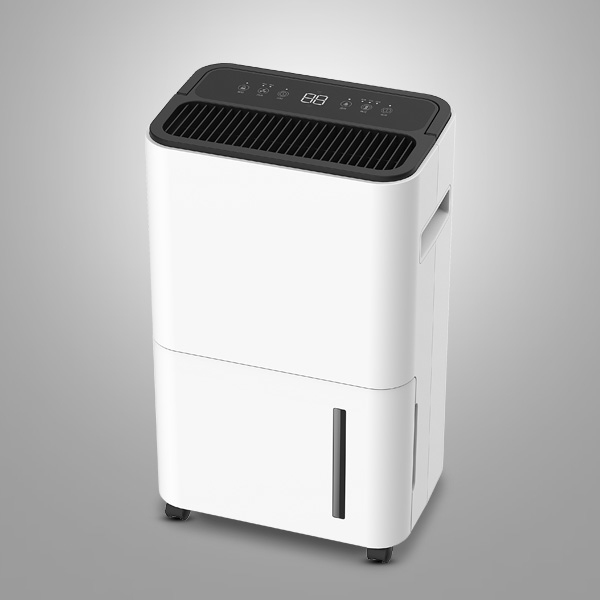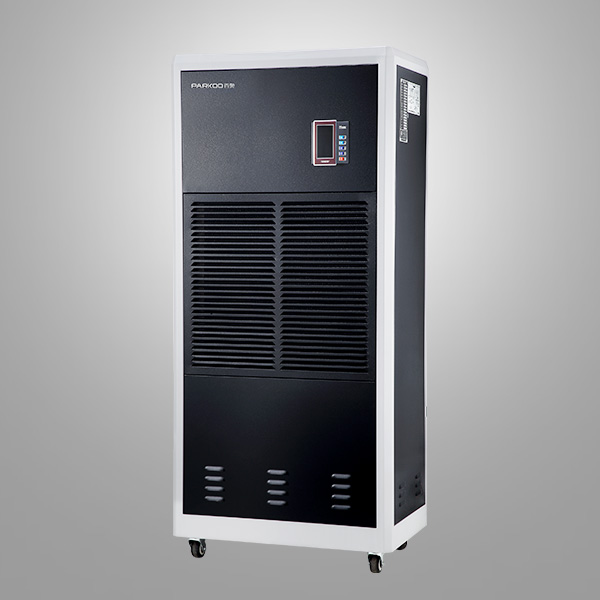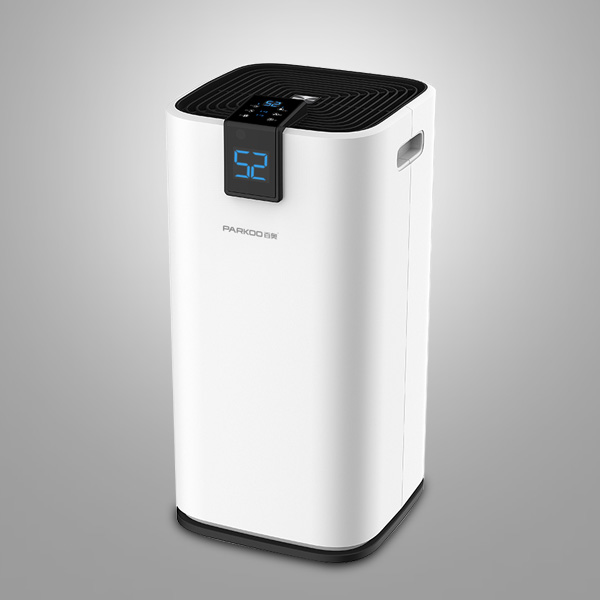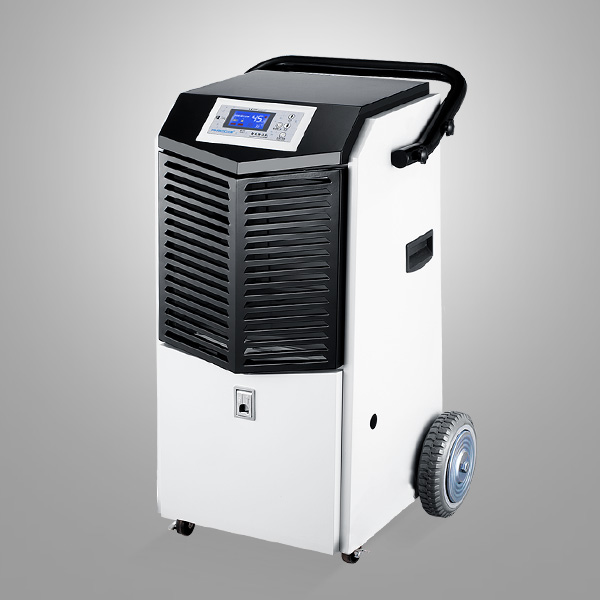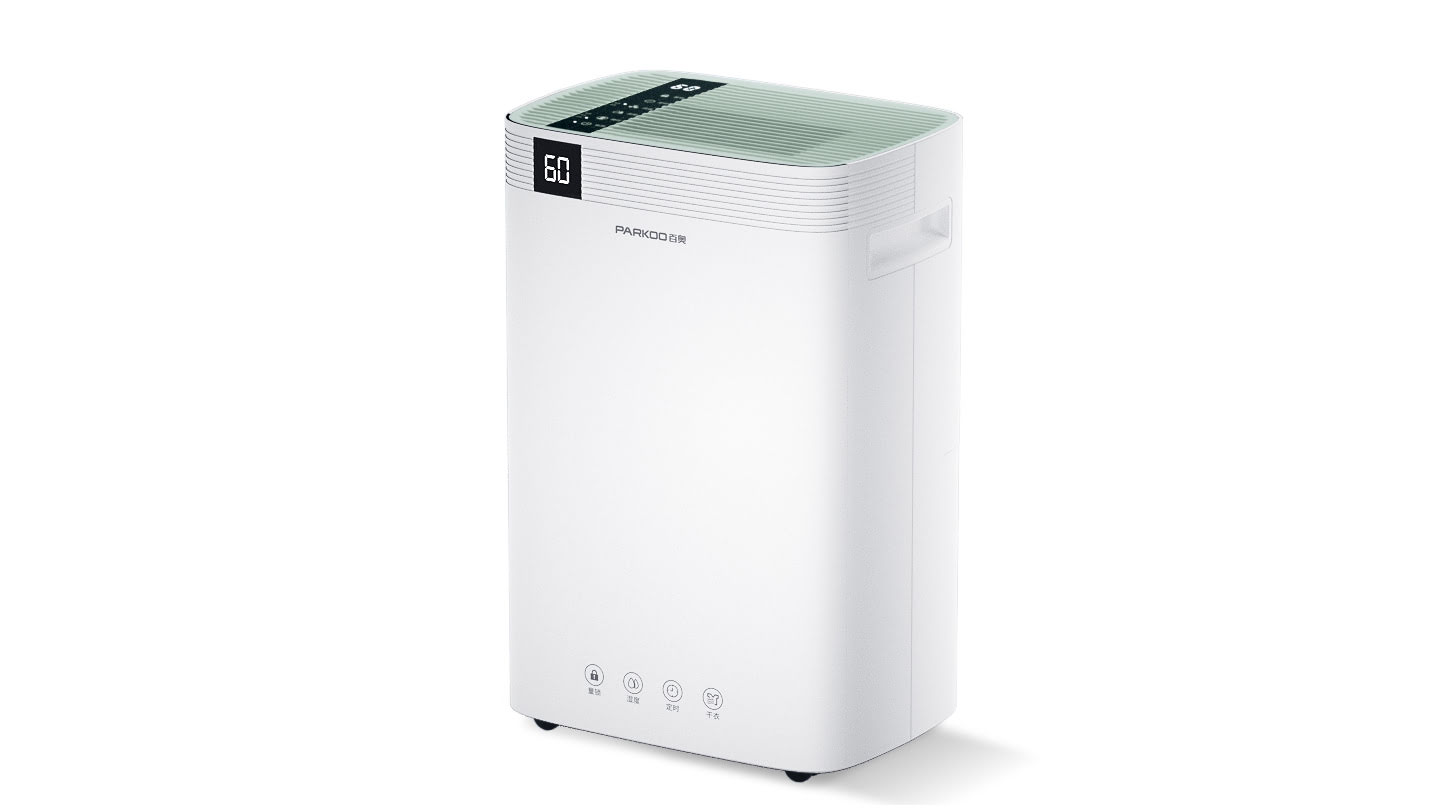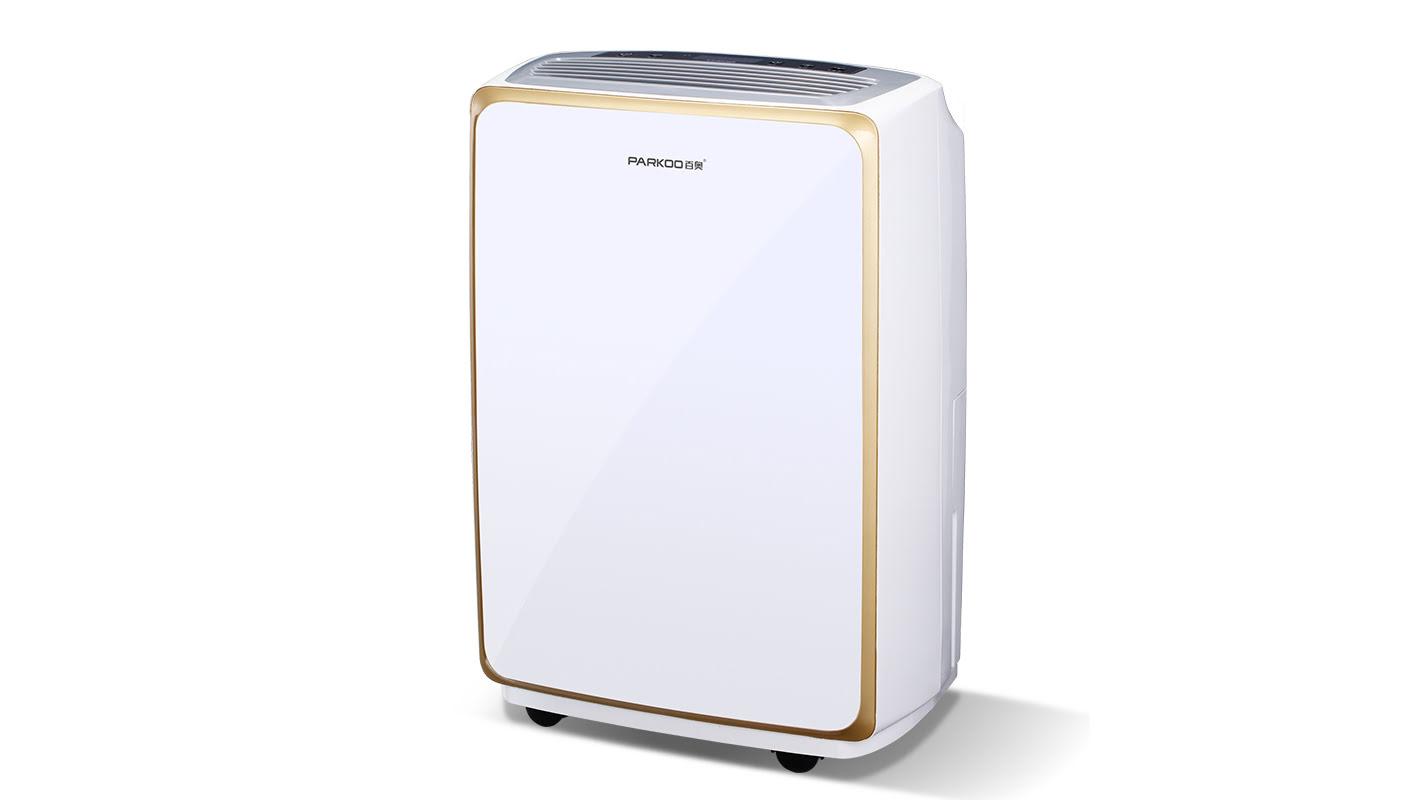In addition to increasing humidity, atmospheric Commercial cold water humidifiers can provide 1000kg of water per hour to the atmosphere and provide 680KW of evaporative cooling. Due to the fact that some humidifiers can Operate at less than 0.3kW of power, their potential for providing low energy Consumption and low-cost cooling is enormous How can this potential be realized in modern building services such as HVAC Systems
direct evaporative cooling inside the tube
This is the most commonly used evaporative cooling strategy in air Handling units. A humidifier adds Moisture to the incoming air stream, increasing its humidity and lowering its temperature. Then, this type of conditioned air is simply supplied to the room, and a high percentage of indoor air is discharged instead of being recirculated to Maintain low humidity in the room The advantage of this strategy is that the room feels 100% cooled. The disadvantage is that the amount of cooling that can be achieved using direct evaporative cooling depends on the supply of incoming air. Air with high humidity can no longer absorb too much moisture, so it will not be cooled by the humidifier
exhaust evaporative cooling
This strategy combines exhaust with a heat recovery device to perform pre-treatment before the supply air is introduced into the room. when air is extracted from the room, it is Usually warmer than the incoming air and is not suitable for cooling
However, by humidifying this air and economically lowering its temperature below the temperature of the incoming air, it can operate through a heat recovery Unit, where cold and Hot energy is transferred to the incoming air
In summer, this can reduce the intake temperature by a few degrees, reduce the demand for additional DX cooling, and thus reduce the energy cost of HVAC systems. In winter, the heated exhaust can preheat the intake air without a humidifier, Thereby reducing heating costs
Due to the lack of mixing between the humidified exhaust and the incoming fresh air, there is no added moisture to the incoming air, so cooling occurs regardless of the humidity level of the incoming air
This evaporative cooling solution has now been incorporated into packaged AHUs, such as the air handling system used at Grand Ormond Street Hospital
Direct evaporative cooling
This strategy uses external air to cool the internal Environment without directly mixing external and internal airflow. The cooled external air is sucked in through the heat recovery unit and immediately discharged, while the internal air is extracted from the room and circulated through the heat recovery unit before being reintroduced into the room. Therefore, the cold and hot energy of the external air is transferred to the internal air through the heat recovery unit, without directly mixing the two streams
By humidifying the external air before entering the heat recovery unit, its temperature is economically reduced, and even lower cost cooling is applied to the internal air. This enhances the capacity of the system and makes it even during periods when the external temperature is warmer than the expected internal space conditions
Due to the fact that internal air does not mix with external air, the likelihood of external pollutants in the internal environment is reduced, Making this an Ideal strategy for critical Environments. It also allows the external air flow through the heat recovery unit to be much faster than the internal circulating air, thereby "clearing" or even higher cooling levels from the system
Direct air evaporative cooling
For buildings and areas without central air Conditioning systems, direct air evaporative cooling can be a very economical and achievable way to reduce temperature. The spray humidifier uses high pressure or compressed air to deliver water to the atmosphere to ensure evaporation. Strategically located throughout the entire space, the nozzle provides cooling at a Small cost Compared to traditional DX air conditioners Like direct evaporative cooling of the inner tube, the amount of cooling obtained depends on the humidity level of the area, as high humidity will Prevent fuRTher moisture absorption and produce a cooling effect. This strategy is most suitable for areas with very Active ventilation and high levels of air exchange to maintain low enough Environmental humidity to continuously absorb moisture
It can be used internally or externally. For example, PARKOO created the World's largest evaporative cooling system around the Prophet Mosque in Medina, Saudi Arabia. In a 15 hectare site, the spray releases up to 50000 liters of water per hour, providing 34000 kW of evaporative cooling for desert air, reducing its temperature by 10 degrees Celsius
